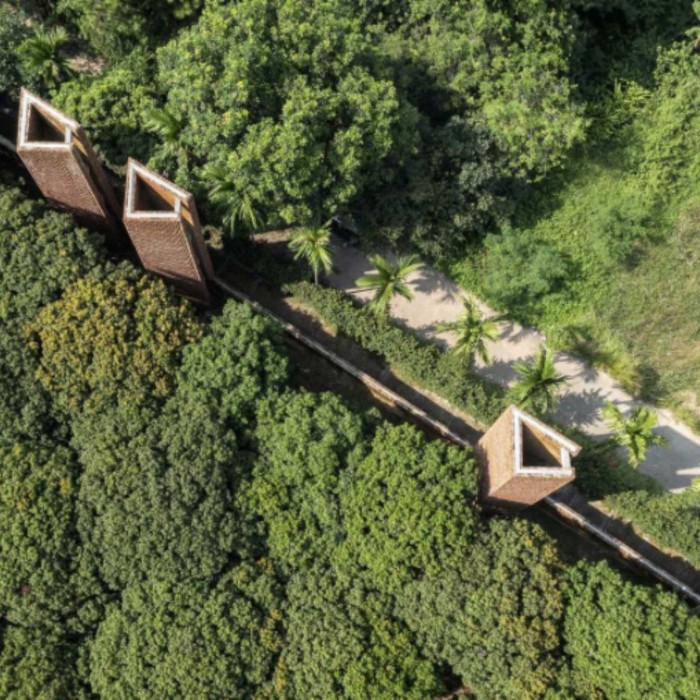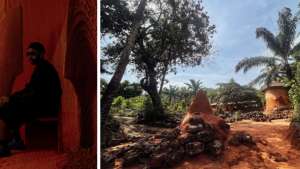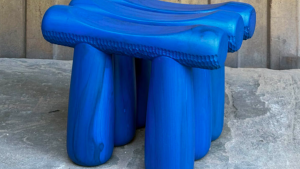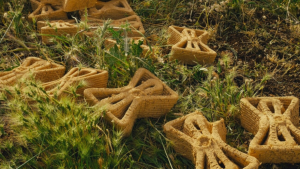Renowned Vietnamese folk artist Xuan Hinh, together with an investor, set out to create a museum that preserves the enduring indigenous beliefs of Đạo Mẫu, also known as ‘Mother Goddess Worship’.
The Đạo Mẫu museum is located in a quaint village near the city of Hanoi. Formerly the site of a small holiday house, the museum land is filled with fruit trees, pine trees and bonsai trees. Both the team from ARB Architecture and the homeowner agreed to preserve everything that is currently ‘present on the ground’, including all the trees rooted in the garden, the old house, the fence and the gate pillars. The trees conceal the structures on the property, creating architecture that is in harmony with the natural environment.
However, elements that were not touching the ground were replaced, and the mezzanine of the old house was dismantled to transform the space into a larger area dedicated to exhibiting paintings and artefacts depicting Đạo Mẫu. New functional blocks, comprising accommodation areas, a gallery and a kitchen, were also added.
Leading ARB architect Nguyễn Hà aimed to create a space that preserved and showcased Vietnam’s beliefs and traditions. One of the ways in which the project achieved this was by using traditional clay tiles for the new buildings: hundreds of thin, traditional tiles from old and historic houses in the nearby village were given a new life as part of the museum’s structures.
‘The idea of using old tiles comes from my memories every time I watch a votive dance ceremony,’ explained Nguyễn Hà. ‘Standing from a distance, I can fully admire the architectural lines formed by the low-pitched roofs, resembling a gracefully hanging curtain, where the sounds of musical instruments, dance movements, the garments of mediums and the gestures of offering converge harmoniously within a frame.’
Read more
Photographs: ARB Architects, Trieu Chien.








